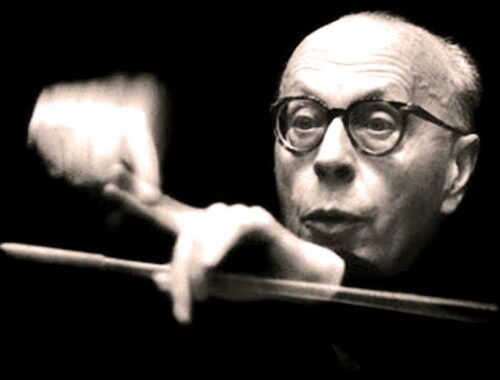Murray Perahia, Barbican Hall
How to describe Murray Perahia’s qualities? Elegance, fluency, modesty, clarity – and an abiding sense of the poetic. In the final piece of Schumann’s Kinderszenen “Der Dichter spricht” – “the poet speaks” – Perahia’s own inner voice emerged in halting, half-imagined, recitative-like, phrases as if dreaming a potentially much larger canvas. In those short phrases Perahia’s sense of still searching took us beyond the framework of the written page eventually to fade from hearing, but not from imagining, in the lowest reaches of the keyboard. It was a really great example of that which is not on the page somehow finding expression in the playing.
So a rare recital which began with the most elegant Bach imaginable and ended in feverish high dudgeon with Chopin’s furious Scherzo No.3 in C sharp minor. The Bach French Suite No.5 in G tripped deftly over the keys, a series of graceful turns and trills transferring the dance steps from feet to fingers. An unassuming grace and fantastic clarity of articulation combined the crisp curtness of the harpsichord with the mellowness of the piano. It was an ideal marriage of elegance and brilliance.
A world away from that, his Beethoven – Piano Sonata No.27 in E minor – delivered precipitous shocks whilst assuming classical decorum. The unnerving volte-faces and explosive reiterations seemed almost out of character for Perahia and even the songful second movement of this oddly truncated essay was beset by seismic disturbance before finding its way home with quiet understatement.
But the star turn of this recital was his account of the Brahms Four Piano Pieces Op.119. Here was Brahms of extraordinary clarity and translucency, the low-fat variety where mercurial right hand figurations (flashing piccolo-like) are not weighed down by or subsumed into the harmonically rich texturing. The opening phrases of the first Intermezzo – Adagio – seemed to dissolve in the playing of them, the Andantino was airborne, the Grazioso swayed almost provocatively, and the final Rhapsodie – Allegro risoluto – was “risoluto” and then some with Perahia characteristically achieving power and amplitude without ever overplaying the instrument.
And yet there was that furious Chopin Scherzo No.3 where his surprising and uncharacteristic abandonment tipped him and us over the proverbial edge. Its torrential final pages came in marked contrast to the Schubert Impromptu (No.2) he chose as his only encore – a dizzying rollercoaster of right hand figurations astonishing in their evenness and fluency.
You May Also Like

COMPARING NOTES WITH OLIVER SAVILE
21/04/2021
GRAMOPHONE Review: Into The Fire – Joyce Di Donato/Brentano String Quartet (Live at Wigmore Hall)
07/11/2018